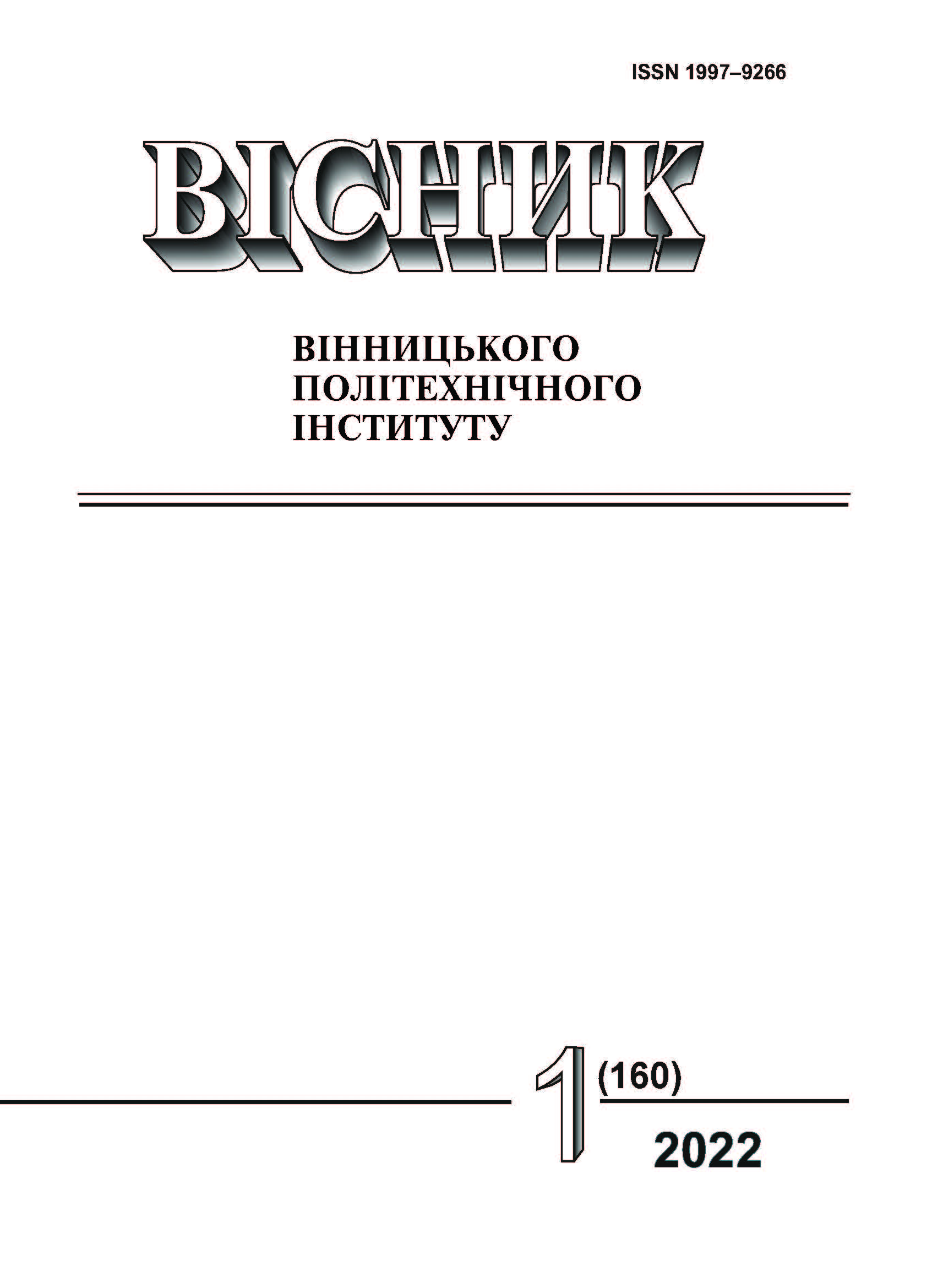Application of the Hopfield Neural Network for the State of Chicken Embryos Development Recognition
DOI:
https://doi.org/10.31649/1997-9266-2022-160-1-70-75Keywords:
incubation, recognition, monitoring, Hopfield neural network, ovoscopingAbstract
Monitoring chicken embryos development is an important part of the hatching process to determine when the egg is not developing and when the egg is close to hatching. The ability to closely monitor the embryo development allows determining the optimal time to change incubation parameters, such as humidity, to create the best conditions for hatching, leading to more efficient chick production. To monitor the chicken eggs development during incubation, it was proposed to automate the process of ovoscoping through determining the chick embryos state by using the NI EVS-1464R technical vision system from National Instruments, where a number of hardware is available for image acquisition (video capture cards for digital cameras with different interfaces, real-time systems and smart cameras), and the Hopfield’s artificial neural network. This allows associative memory to be implemented. The main task of associative memory is reduced to storing input (training) samples in such a way that when a new sample is presented, the system can generate an answer – which of the previously stored samples is closest to the received image. This neural network changes its internal state for each iteration and stops when the current one coincides with the previous one. In this case, the neural network is said to converge to one of the states stored in its memory. If a similar image is not found in memory, the network may issue a nonexistent attractor. The modeling of recognition of the chicken embryos various states is carried out. When perform the ovoscoping, the light sector of the egg area corresponds to a signal equal to 0, and the dark sector to signal 1. In total, during the modeling, the states of 23 sectors of the bird’s egg area are analyzed. A software tool based on the Hopfield neural network is developed in C++ and its ability to identify live and non-living embryos of chicken chicks has been tested. Correct identification of distorted vectors allows the use of the Hopfield net in the poultry industry, which will reduce excessive operator fatigue and eliminate the false rejection of good eggs.
References
C. Yeo, H. Park, K. Lee, and C. Song, “Avian Embryo Monitoring During Incubation using Multi-Channel Diffuse Speckle Contrast Analysis,” Biomed. Opt. Express, 7 (1), pp. 93-98, 2016.
T. Georgieva, E. Stefanov, J. Alikhanov, Z. Shynybay, A. Kulmakhambetova, and P. Daskalov, “Approach for Egg Defects Assessment using Image Analysis,” in З0th DAAAM International Symposium on Intelligent Manufacturing and Automation. 2010, pp. 1103-1106. https://doi.org /10.2507/30th.daaam.proceedings.154 .
L. Liu, and M. O. Ngadi, “Detecting Fertility and Early Embryo Development of Chicken Eggs using Near-Infrared Hyperspectral Imaging”, Food Bioprocess Technol., no. 6, pp. 2503-2513, 2013. https://doi.org /10.1007/s11947-012-0933-3.
M. Hashemzadeh, and N. Farajzadeh, “A Machine Vision System for Detecting Fertile Eggs in the Incubation Industry”, International Journal of Computational Intelligence Systems”, vol. 9, no. 5, pp. 850-862, 2016.
M. Boğa, K. K. Çevik, H. E. Koçer, and A. Burgut, “Computer-Assisted Automatic Egg Fertility Control,” Kafkas Univ Vet Fak Derg, no. 25 (4), pp. 567-574, 2019. https://doi.org /10.9775/kvfd.2018.21329 .
S.-Y. Tsai, C.-H. Li, C.-C. Jeng, and C.-W. Cheng, “Quality Assessment during Incubation Using Image Processing,” Sensors, no. 20, p. 5951, 2020. https://doi.org /10.3390/s20205951.
С. Короткий, «Нейронные сети Хопфилда и Хэмминга,» [Електронний ресурс]. Режим доступу: https://www.twirpx.com/file/86091/ .
С. Осовский, Нейронные сети для обработки информации, пер. с англ. М., Россия: Финансы и статистика, 2002. 344 с.
Р. В. Шамин, Лекции по искусственному интеллекту и машинному обучению, Лекция № 3. Нейронная сеть Хопфилда. [Электронный ресурс]. Режим доступа: http://ai.lector.ru/?go=lection03. Дата обращения: Нояб. 7, 2021.
С. Хайкин, Нейронные сети: полный курс, 2-е изд., испр., пер. с англ. М., Россия: ООО «И. Д. Вильямс», 2006. 1104 с.
В. Махов, В. Широбоков, и А. Закутаев, «Построение систем технического зрения на базе компьютерных технологий National Instruments,» Control Engineering, no. 4 (76), pp. 62-69, 2018.
Downloads
-
pdf (Українська)
Downloads: 237
Published
How to Cite
Issue
Section
License

This work is licensed under a Creative Commons Attribution 4.0 International License.
Authors who publish with this journal agree to the following terms:
- Authors retain copyright and grant the journal right of first publication.
- Authors are able to enter into separate, additional contractual arrangements for the non-exclusive distribution of the journal's published version of the work (e.g., post it to an institutional repository or publish it in a book), with an acknowledgment of its initial publication in this journal.
- Authors are permitted and encouraged to post their work online (e.g., in institutional repositories or on their website) prior to and during the submission process, as it can lead to productive exchanges, as well as earlier and greater citation of published work (See The Effect of Open Access).





